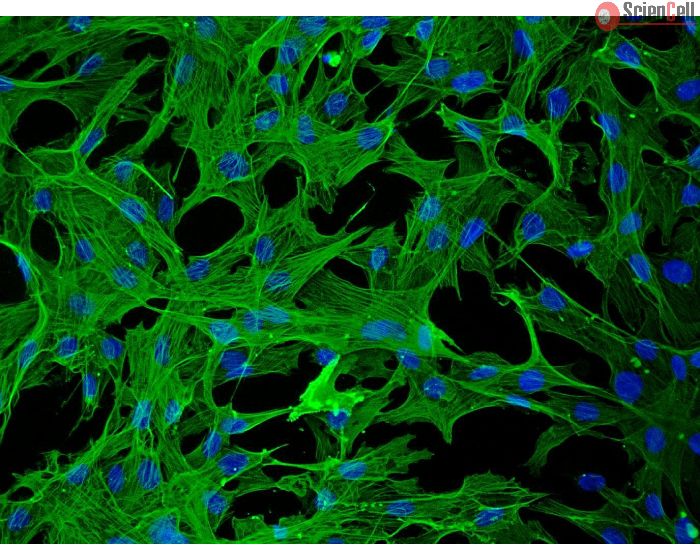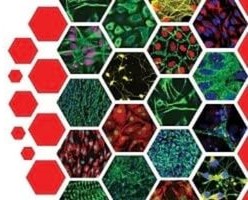Rabbit Hepatic Stellate Cells
Catalog No.
Rab5300
RabHSteC from ScienCell Research Laboratories are isolated from rabbit liver. RabHSteC are cryopreserved at passage one and delivered frozen. Each vial contains >5 x 105 cells in 1 ml volume.
$641.00
In Stock




